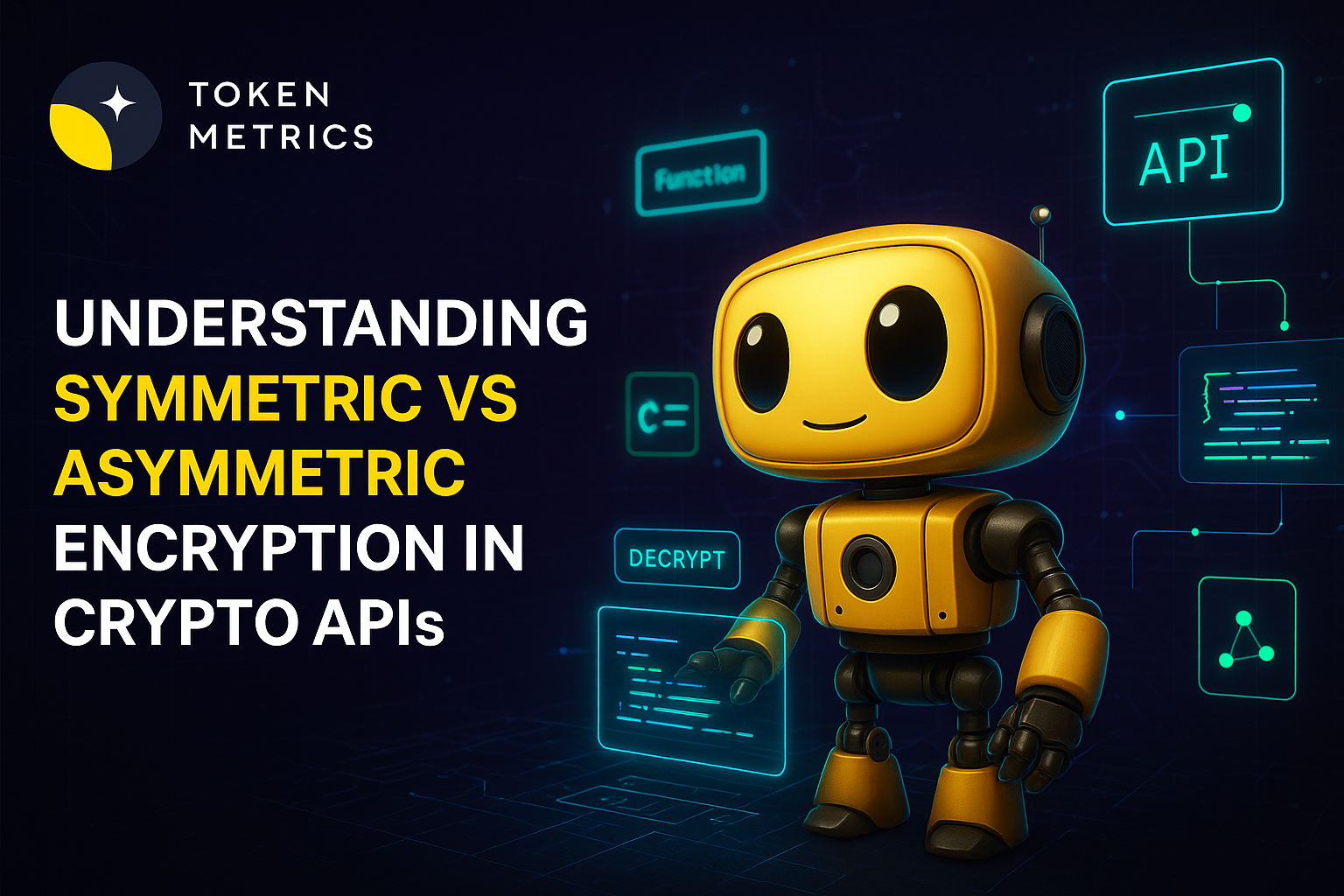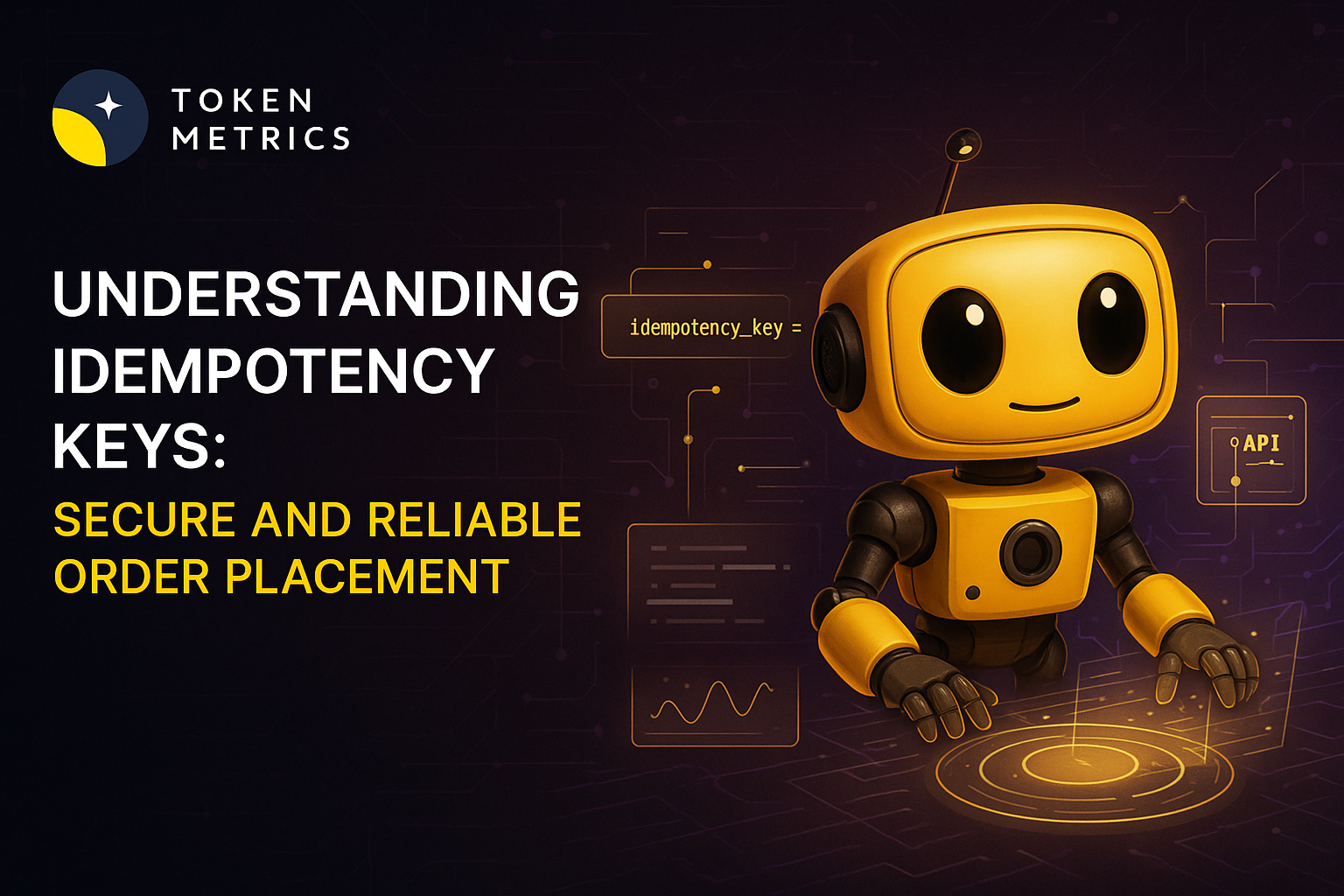Assessing the Reliability of Free Crypto APIs for Live Trading

As cryptocurrency markets become more dynamic and automated trading grows in popularity, the demand for real-time, reliable market data has soared. For developers and quantitative traders, free crypto APIs represent a gateway to capturing and analyzing live data. But just how dependable are these resources when used for real-money, live trading environments?
Understanding Free Crypto API Infrastructure
APIs (Application Programming Interfaces) are the digital bridges that connect traders, bots, and apps to the real-time world of digital assets. Free crypto APIs typically pull live price feeds, order book data, and on-chain signals from exchanges or aggregators. While their accessibility is attractive for independent traders and developers, it’s important to consider the infrastructure behind these offerings.
- Data Source and Aggregation: Free APIs may source from a single exchange, an aggregator, or a blend of public on-chain data. The breadth and diversity of sources can impact reliability and coverage.
- Rate Limits: Most free APIs impose strict rate limits on the number of requests per minute/hour, ensuring fair use—but potentially introducing data gaps or lags in high-frequency operations.
- Latency: Infrastructure investment greatly impacts how quickly data is delivered. Free APIs tend to have higher average latencies than their enterprise versions, which can affect market responsiveness.
Key Reliability Criteria for Live Trading
“Reliability” can mean different things depending on your trading strategy and risk tolerance. In a live trading context, consider these factors:
- Uptime and Service Level: Continuous uptime is vital for automated trading systems. Free APIs may experience more frequent outages or maintenance windows compared to paid counterparts, impacting live trading reliability.
- Data Consistency: Inconsistent data—such as missing trades, duplicate ticks, or out-of-order information—may disrupt algorithms and risk management strategies.
- Latency and Real-Time Performance: Delayed data, even by a few seconds, can result in substantial slippage for shorter time frames or high-frequency strategies.
- Depth of Market Coverage: Some free APIs report top-of-book (best bid/ask) only or have limited historic depth, which restricts analysis for advanced trading systems.
For example, a scalping bot reacting to slight price changes may be more susceptible to latency and inconsistency than a swing trading algorithm using averaged price data.
Risks and Limitations of Using Free Crypto APIs
While cost-free APIs unlock learning and prototyping opportunities, several risks arise when deploying them in live trading:
- Sudden Changes and Deprecation: Free APIs can change endpoints, formats, or shut down with minimal notice—potentially breaking integrations and impacting trading operations.
- Security and Rate Limiting: Without enterprise-grade authentication, free APIs may be more vulnerable to abuse. Rate limits may throttle live signals, leading to missed trades.
- Compliance and Transparency: Free providers are not always transparent about their data sources or real-time status, which complicates audit trails and compliance routines.
Many free APIs offer limited or no customer support. If a connectivity or data issue arises during a live session, troubleshooting and resolution may depend solely on community forums or documentation.
Mitigation Strategies: Improving Reliability in Live Trading
To leverage free crypto APIs effectively for live trading while minimizing operational risk, consider strategic mitigations:
- Redundancy: Integrate multiple API providers where possible and implement fallback logic to handle service interruptions.
- Monitoring and Alerting: Establish health checks and monitoring for your data feed to detect outages or latency spikes in real time.
- Data Validation: Implement consistency checks, deduplication, and timestamp verification to mitigate risks of corrupted or stale data.
- Rate Limit Handling: Build in adaptive throttling and graceful degradation so your algorithm can operate even when rate limits are crossed.
- Migration Planning: Prepare for the possibility of API changes or deprecation by modularizing your integration and tracking updates from providers.
Exploring hybrid approaches—such as combining free APIs for lower-priority tasks (backtesting, monitoring) and premium offerings for mission-critical execution—can balance cost-effectiveness with higher reliability.
The Role of AI and Professional API Services
Advanced trading increasingly relies on artificial intelligence and machine learning for real-time insights. Modern tools, like Token Metrics, combine AI-driven analytics with unified API access, allowing systematic traders to benefit from a blend of machine intelligence and robust data infrastructure.
- Aggregated Insights: AI analytics, layered atop diverse live feeds, can deliver actionable signals while filtering out noise typical in volatile markets.
- Unified API Access: Professional APIs consolidate multi-exchange, on-chain, and social data through a single integration—reducing complexity and mitigating single points of failure.
For projects scaling toward institutional-grade reliability, partnering with services that demonstrate regular uptime guarantees, verified data sources, transparent change logs, and responsive support stands as a best practice.
Build Smarter Crypto Apps & AI Agents with Token Metrics
Token Metrics provides real-time prices, trading signals, and on-chain insights all from one powerful API. Grab a Free API Key
Are free crypto APIs accurate enough for live trading?
Accuracy largely depends on the provider. Many free APIs accurately reflect exchange-reported prices, but some may lag or have occasional data outages. For critical decision-making, always monitor results and consider validating with secondary sources.
What are common limitations of free crypto APIs?
Typical limitations include request rate caps, reduced data granularity, restricted market coverage, and potential for sudden API changes. Free APIs generally provide less support, documentation, and reliability assurances compared to premium alternatives.
How can I improve reliability when using free APIs for live trading?
Diversify your data sources, implement real-time monitoring, validate incoming data for unusual gaps, and be prepared to switch providers or endpoints. Modular integration and redundancy help lessen single points of failure.
Do free crypto APIs provide historical market data?
Some free APIs offer limited historical data, typically at a lower granularity or restricted to recent time windows. Comprehensive historical datasets often require a premium subscription or use of open-source repositories.
Is there a risk in using free APIs for live trading?
Yes. Risks include service interruptions, unexpected endpoint changes, rate limiting, and potentially less accurate or delayed data. Always test your setup rigorously before committing to live trading systems relying on free APIs.
Disclaimer
This article is for educational and informational purposes only. It does not constitute investment advice, predictions, or recommendations. Always conduct independent due diligence and consult a professional before making trading or financial decisions.
Create Your Free Token Metrics Account

.png)




%201.svg)
%201.svg)


%201.svg)










.svg)




.png)